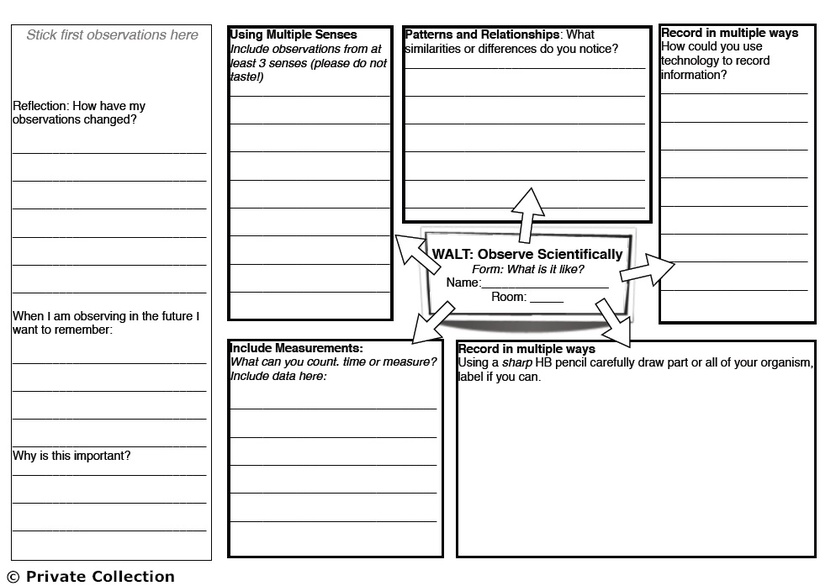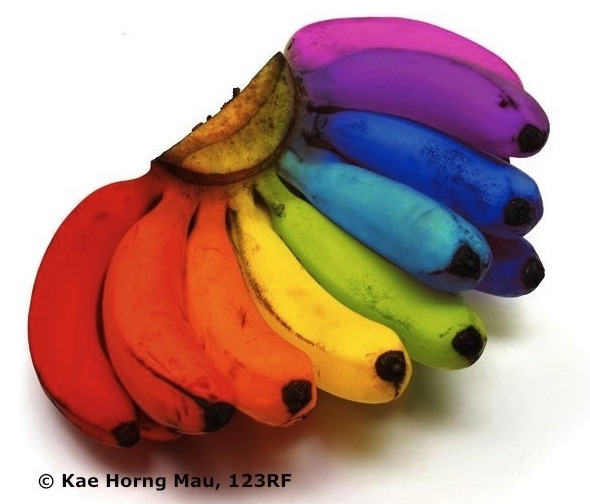Artefacts as physical resources can provide both scenarios and resources for interaction (Roth, 2005), although their value is not a given. This depends on how a teacher introduces the artefact and how it is integrated into interaction. Digital artefacts can support aspects of inquiry in science, ranging from enhancing observation to collecting evidence and to testing ideas with models and simulation (Harlen & Qualter, 2014).
The research
This project was undertaken over one term to investigate how teachers at different levels of schooling used and adapted Science Learning Hub (SLH) resources for their science teaching. The project involved six teachers from four schools comprising year levels 3 to 10. Two teachers were specialist science teachers. Data was collected through videotapes, audiotapes, observations, field notes, photography, interviews, student work and teaching materials.
This research brief focuses on how five of the teachers supplemented SLH activities with the use of other resources (artefacts).
Findings
Prior to the SLH activity, four teachers used additional e-resources to scaffold the science concepts and introduce SLH activity to their students. One teacher developed her own artefact to be used in conjunction with an SLH activity.
Year 7 and 8: Build a marine food web
Cath used the Build a marine food web activity with her year 7 and 8 students. In this activity, students built their own marine food web using organism cards from the SLH, a large piece of paper, glue and pens. As a stepping stone to this activity, students explored a marine food web interactive that Cath found on the internet (search to find one that suits your reqquirments as the original is no longer available). The goal of the interactive was for students to correctly place each marine organism in its feeding level in the food web by dragging and dropping. The interactive included instructions and hints. Its use meant that students were scaffolded from practising building a food web to working without instruction on the SLH activity. The interactive artefact helped students to quickly record data and organise it to support their analysis.
Year 7 and 8: Observing earthworms
Gail used the Observing earthworms activity with her year 7 and 8 students. In this activity, students used observation to explore earthworm anatomy and the nature of science. The activity requires students to ‘jot down notes about what they’ve observed’. To help her students communicate their observations and ideas, Gail developed a graphic organiser that guided her students through the observation process by directing their attention to different aspects of observation. Drawing, writing, calculating and using multiple senses helped students to develop, reflect, abstract, highlight and coordinate the ideas under investigation.
Year 5 and 6: Eel hotel
Mila’s science unit was on the New Zealand longfin eel – physical features, habitat, life cycle and threats. Mila adapted the Bird hotel activity from the SLH to the ‘Eel hotel’, whereby students participated in a dramatic game to experience the eel’s journey through its life cycle.
Year 3 and 4: Colour and taste
Mary and Cilla used the Colour and taste activity with their year 3 and 4 students. In this activity, students investigated the relationship between colour and flavour using five different coloured drinks. Mary and Cilla used auditory and visual techniques to introduce and scaffold the relevant science concepts in a fun and memorable way. While both teachers used music videos about the senses (Mr R’s Sense of Taste Song and The Five Senses - Educational Children's Song – Animation), Cilla also used a Monster Sense activity on the five senses and you could search the internet to find colourful images of food, for example the Henry Hargreaves website.
These images helped students observe phenomena that would be difficult to observe otherwise. Elaine (8 years) described the Monster Sense task: “We drew a monster, and we had to write at least four words. The one with the eye is what it looks like, the one with the ear is what it sounds like, the one with the nose is what it smells like and the one with the hand is what it feels like.”
Concluding comment
The use of different artefacts can make teaching and learning more effective, dynamic and interesting. The use of a variety of artefacts stimulates student curiosity and interest, and it can coordinate and inform talk. However, the impact of an artefact depends on how the teacher introduces and uses it in class.
References
Harlen, W. & Qualter, A. (2014). The teaching of science in the primary school (6th ed.) London: Routledge.
Roth, W.-M. (2005). Talking science: Language and learning in science classrooms. Lanham: Rowman & Littlefield.


